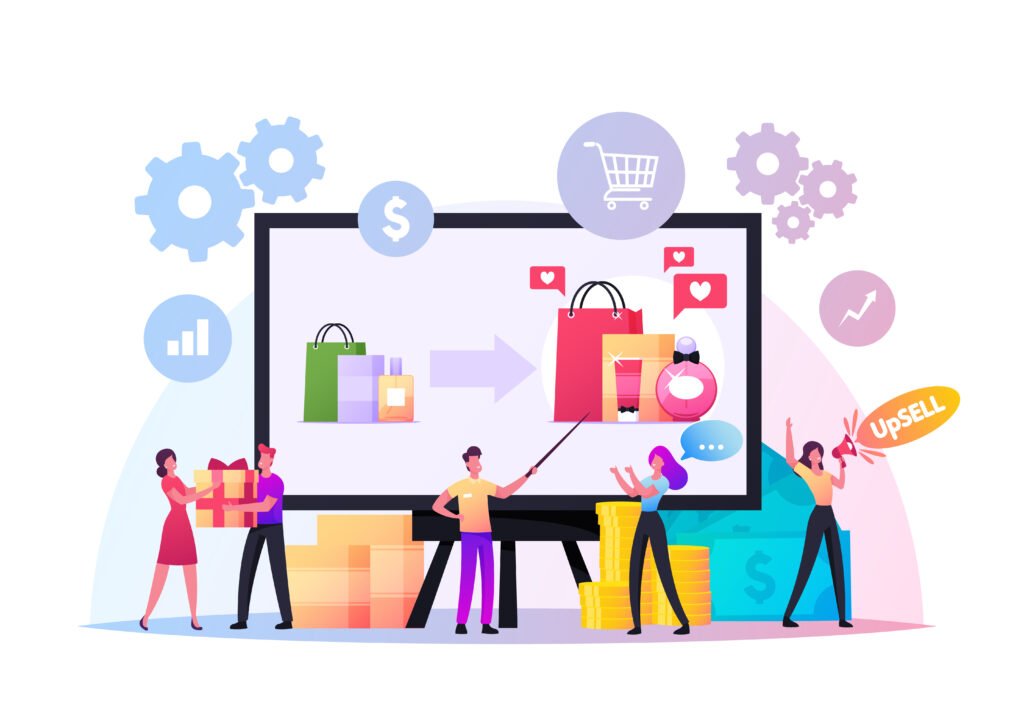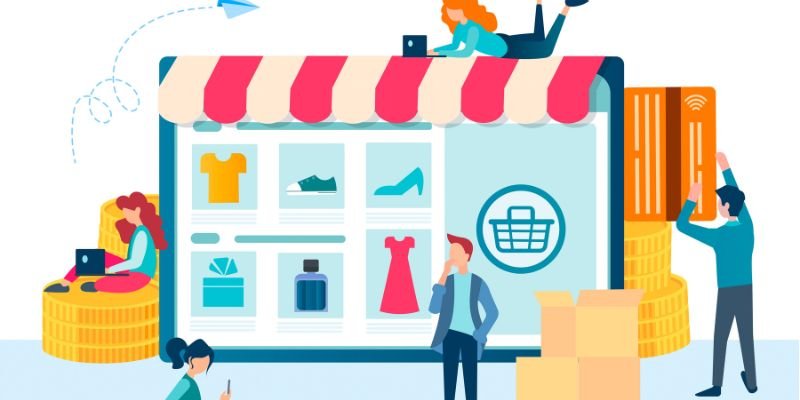Yes, your e-commerce business is doing just fine, but something inside tells you it could be so much more. Maybe you’ve built a loyal customer base, sales are coming in steadily, and word-of-mouth is starting to do its thing. But then you hit a point where growth slows. Ads that once worked don’t seem to bring the same ROI, and you’re wondering if you should expand your product line, invest in marketing, or finally streamline your operations. It is a state of mild panic.
Relatable. We’ve been there. We’ve worked with brands that started small, found success, and then faced the scaling dilemma—that moment when staying the same starts feeling riskier than growing. And we have been afraid of what that means for our performance. This sounds relatable because we have done this countless times for our clients. But finally, through countless trial-and-error experiences, we’ve refined a roadmap that helps businesses push past that plateau, without the guesswork. We did this because every business owner we spoke to had a version of “How to Scale Our E-commerce Business?”
This guide isn’t about generic advice like “run Facebook ads” or “optimize your website.” It’s about real questions you need to ask yourself at each stage and real answers that make a difference. If you’re at the point where you know there’s room for more but you’re not sure which steps to take, you’re in the right place. Let’s break down how to scale your e-commerce business—thoughtfully, strategically, and in a way that actually works.
Guide on How to Scale Your E-commerce Business
1. Laying a Solid Foundation

Key Question: “Do I have a unique value proposition that resonates with my target audience?”
What to Consider: Before you even get to thinking about scaling, you should confirm that you have a compelling reason for customers to choose you over competitors. This could be a unique product offering, a superior customer experience, or a specialized niche. But be honest, because we don’t want to be one of those brands that are “claiming” to be different.
If you’re not sure how your brand stacks up, ask recent customers why they decided to buy from you. Their feedback will often point to the exact qualities you should build your marketing around.
2. Refining Your Brand Identity

Key Question: “Does my brand connect with customers on an emotional level?”
What to Consider: Scaling isn’t just about increasing sales. This is a temporary and fickle parameter. What you must really focus on is about deepening relationships. A clear brand identity shapes everything from your store’s design to the tone of your social media posts.
We’ve seen e-commerce stores experience a surge in repeat buyers just by aligning their visuals, messaging, and overall customer experience around a distinct brand personality. To put it straight, it is the one thing we are most focused on even when it comes to our own branding, here at Infiniqe Marketing. Remember: in a crowded market, consistency fosters recognition and trust. We are proof.
3. Optimizing Your Website for Conversions

Key Question: “Is my website helping or hindering customers on their path to purchase?”
What to Consider: Even if your traffic spikes, it won’t translate into growth unless your site is built to convert. Key areas to review:
- Navigation: Are customers finding what they need without clicking around aimlessly?
- Product Pages: Are images, descriptions, and reviews answering typical buying questions?
- Checkout: Is it quick, simple, and mobile-friendly?
Test it yourself—or better yet, ask a friend or new customer to make a purchase and observe where they stumble. Little tweaks can yield huge gains. Here is a guide by Neil Patel to help you do that effectively.
4. Expanding Marketing Channels

Key Question: “Which marketing channels truly align with my audience?”
What to Consider: It’s tempting to jump on every platform at once but focus where your ideal customers already hang out. Maybe that’s TikTok, LinkedIn, or specialized forums.
- Social Media Ads: Test small budgets on platforms like Facebook or Instagram to see which audiences convert.
- Email Marketing: Personalized emails can work wonders—especially product recommendations or birthday discounts.
- Influencer Collaborations: Partnering with influencers who share your brand values can be a credibility booster.
If a channel shows promise, double down. If not, move on quickly to avoid wasting resources.
5. Building Operational Efficiency

Key Question: “Am I prepared to handle increased volume without compromising quality?”
What to Consider: Scaling isn’t just about front-end marketing; it’s about back-end logistics. If you’re overwhelmed by fulfilment or struggling with supplier delays, your growth will stall.
- Inventory Management: Implement tools that track stock in real-time.
- Customer Service: Quick support responses can turn one-time shoppers into loyal fans.
- Automation: From order processing to email follow-ups, automation frees up your time for strategic planning.
Think of operations as the skeleton of your business. A robust infrastructure keeps everything functioning when orders flood in.
6. Diversifying Income Streams

Key Question: “Where else can I add value to my customers?”
What to Consider: Once your primary store is stable, look for adjacent ways to earn revenue. This could mean introducing a subscription box, offering online courses related to your products, or partnering with other brands on bundles.
One of our clients—a small home décor store—began hosting virtual interior design workshops. It not only generated extra income but also strengthened their community of loyal customers, who now trust the brand as an authority in décor trends.
7. Maintaining Momentum and Staying Adaptable

Key Question: “How will I keep innovating to stay ahead?”
What to Consider: Markets shift constantly—new technologies emerge, and consumer preferences change. What worked six months ago may not work tomorrow. Keep a pulse on industry trends, run periodic customer surveys, and be ready to pivot. This is a good way to do it.
Scaling is as much about flexibility as it is about growth. Make a habit of reviewing your metrics monthly or quarterly, and be prepared to refine your strategies or offerings when you see signs of fatigue.
Scaling an e-commerce business is overwhelming. Don’t let anyone tell you otherwise. The possibilities of outcomes are infinite. Should you invest in marketing first? Fix your operations? Expand your product line? The sheer number of decisions can make even the most confident entrepreneurs hesitate.
There is a method to this madness. And this guide? This is the one.
At Infiniqe Marketing, we’ve spent years refining what actually works. We’ve helped brands push past growth plateaus, streamline their processes, and create marketing strategies that don’t just attract traffic but convert visitors into lifelong customers. We know what it takes because we’ve been in the trenches with businesses just like yours.
The questions we’ve laid out aren’t just theoretical—they’re the real, critical decisions that separate struggling stores from scalable brands. The answers? They come from deep experience, trial, error, and a strategic approach that makes scaling feel less like a gamble and more like a well-executed plan.
So if you’re at that tipping point—where you know your business is ready for more but you’re unsure which steps to take—trust the process. Follow these steps, take action with clarity, and watch as your business moves from steady growth to unstoppable momentum. And if you ever need a partner in that journey, well, this is exactly what we do.
